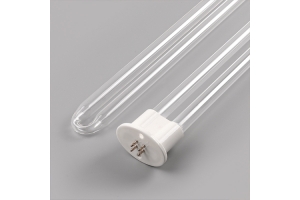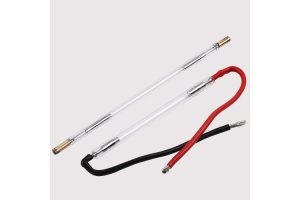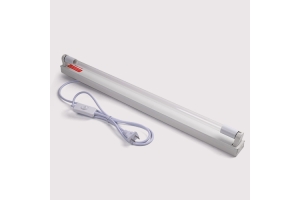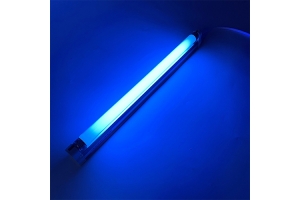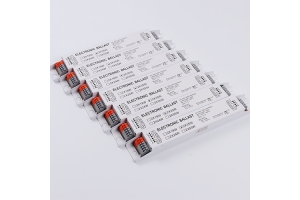What is UV aging and how to choose UV lamps
Light source selection for fluorescent UV lamps
UV-A: 315~400nm The main area that causes the aging of polymer materials—UVA-340, which can be filtered out by window glass—UVA-351.
UV-B: 280 ~ 315nm, including the shortest ultraviolet light that can reach the earth's ground - UVB-313.
UV-C: 100~280nm exists only in space outside the atmosphere.
UV aging simulates two light source types, UV-A and UV-B. The shorter the wavelength, the higher the energy it contains and the more likely it is to break the chemical bonds of the molecule.
Application scenarios of aging lamps with different wavelengths:
UVA-340: Comparative test of different formulations, recommended for most plastics, textiles, coatings, pigments and UV stabilizers.
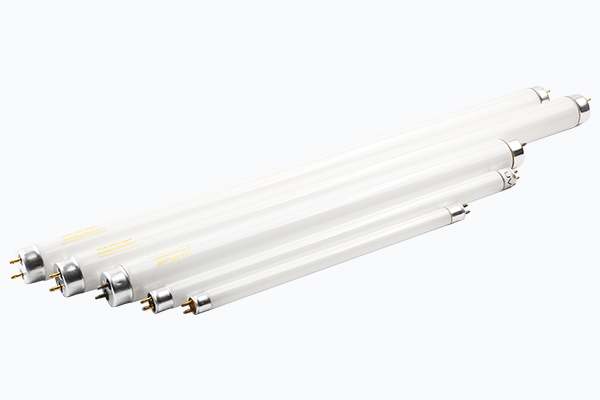
UVB-313: Best for QC and R&D, recommended for durable materials (such as roofing materials, some exterior coatings, etc.)
UVA-351: used to simulate UV light passing through window glass, recommended for some automotive interior parts, textiles, inks, etc.
1.What is UV aging?
The UV aging test uses a fluorescent UV lamp as the light source, and by simulating the UV radiation and condensation in natural sunlight, the accelerated weather resistance test of the material is carried out to obtain the weather resistance result of the material. Ultraviolet aging test is widely used in non-metallic materials, organic materials (such as: coatings, paints, rubber, plastics and their products) to test the degree of aging phenomenon of related products and materials under the changes of sunlight, humidity, temperature, condensation and other climatic conditions and situation.
2.Why do aging test?
When the product is placed in the atmosphere for a period of time, different problems will occur, such as changes in appearance, including cracks, spots, chalking or color changes, and even a decline in performance, which may be due to the loss of molecules in the resin. This leads to changes in the chemical bonds in the molecular structure, mainly caused by sunlight, industrial exhaust gas, bacteria, etc. The aging performance of the product directly affects the use time of the product, so the test of the aging test is of great significance!
Since the natural aging process is a very slow process and varies greatly in different geographical environments, it is difficult to evaluate the aging resistance of products. People try to use a shorter time to evaluate the aging properties of plastics, which is the accelerated aging test. The accelerated aging test can use artificial light sources that simulate fluorescent lamps, including carbon arc lamps, xenon arc lamps, and fluorescent ultraviolet lamps. These artificial light sources will produce much stronger light than natural sunlight on the ground. When using these artificial light sources, a condenser is often used to simulate the combined effects of rain and dew to conduct aging tests on the products.

